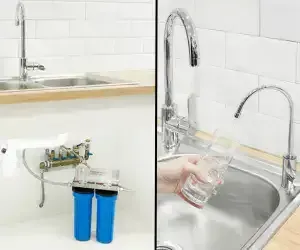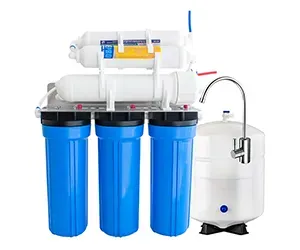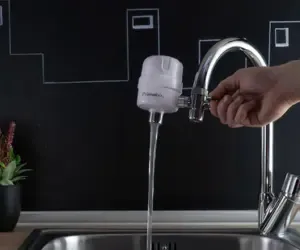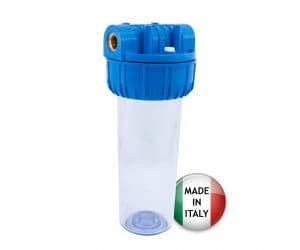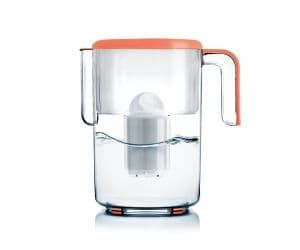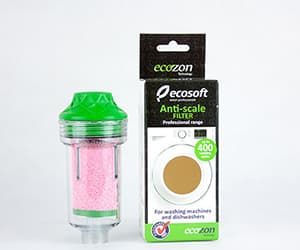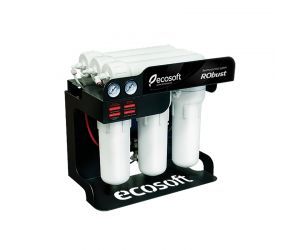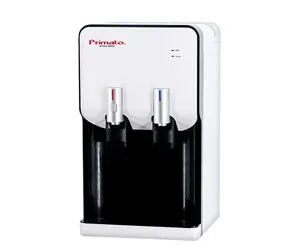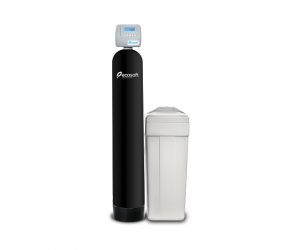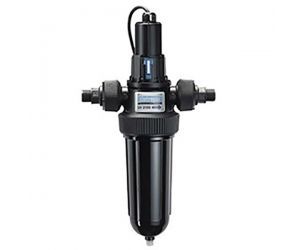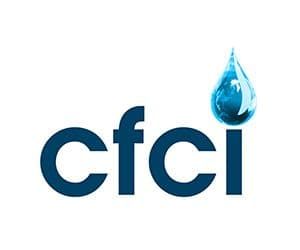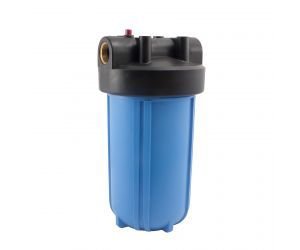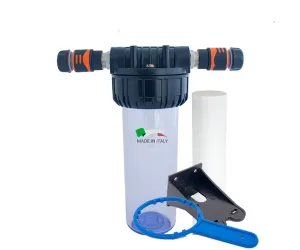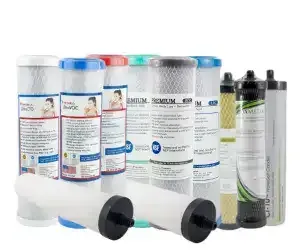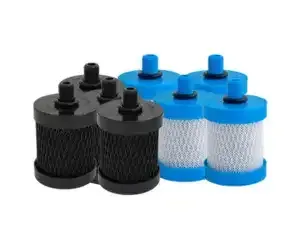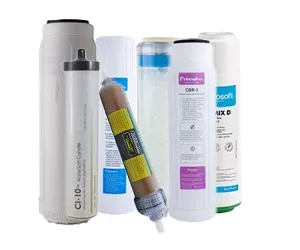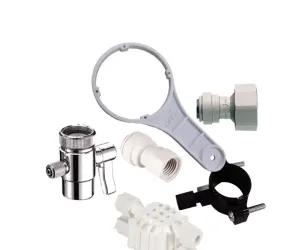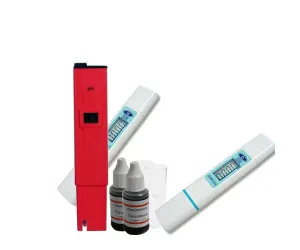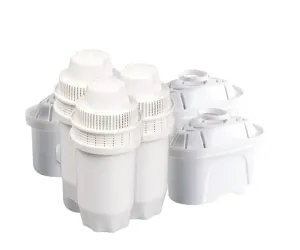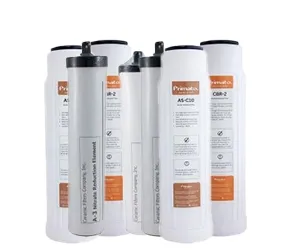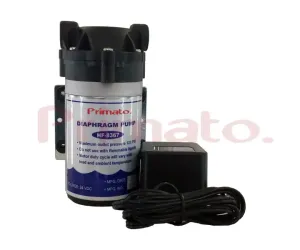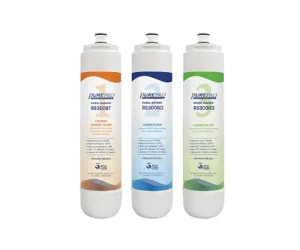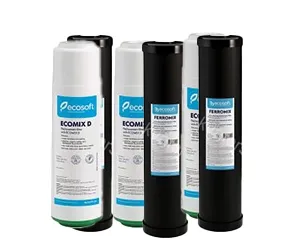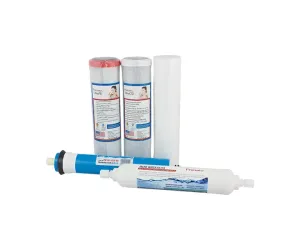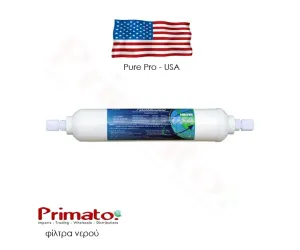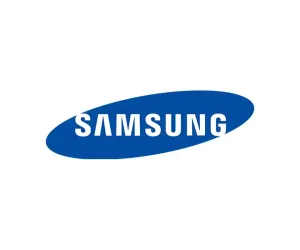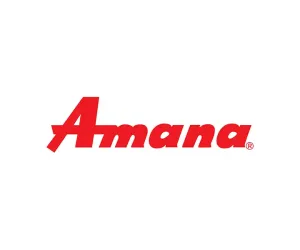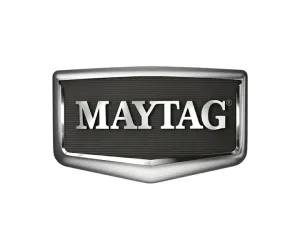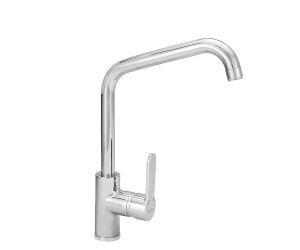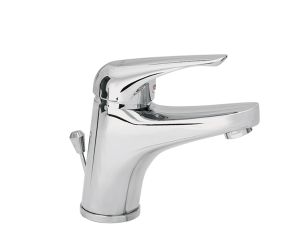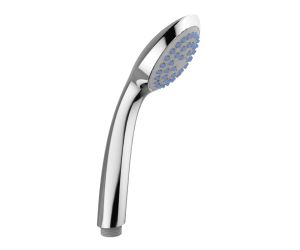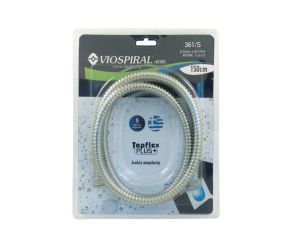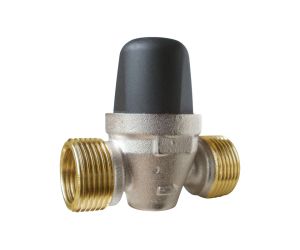Turning a coconut into activated carbon
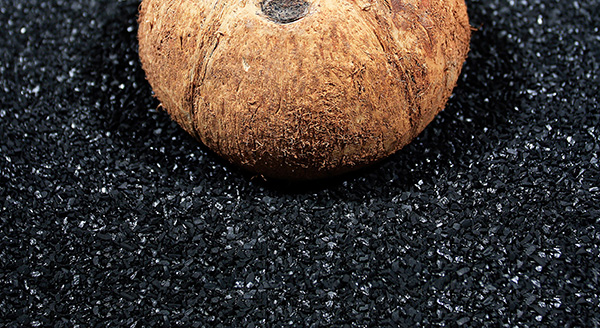
What is activated carbon
If you want to buy a water filter or if you already have one, you must have already heard of the term "activated carbon", as it is the main means of water filtering and treatment. Activated carbon is made from peat, bamboo, charcoal, wood, sawdust, olive kernels, oil and coconut shell, with the latter being the most ecological and environmentally friendly of all and used in the highest quality water filters.
Active carbon is basically charcoal that has been heated and oxidized in order to be activated and for the size of its pores to be increased. Thus, the first step into producing activated carbon from a coconut is to turn that coconut into charcoal. How is this achieved? With heat. A lot of heat.
Conversion into charcoal
However, we cannot just throw a coconut into the fire. Before heating the coconut, we have to empty it of its milk, scrape out its flesh and ensure that its shell is dry and, of course, clean. We also have to remove any fibers.
Once the shell is cleaned and dried, there are several ways to turn this hard and woody material into charcoal. The conversion process is called charring or pyrolysis. Essentially, the coconut shell must be exposed to very high temperatures (between 300 and 500 degrees Celsius) for several hours to turn into charcoal.
There are various methods of producing coconut carbon, with the most common being applied in a drum kiln, that is, in a special tank with a small chimney which creates higher internal temperatures by limiting the flow of oxygen. The bottom layer with the coconut shells in the kiln will first turn into carbon with a bright orange color. From the initial application of heat to this stage, it takes about 12 hours.
Afterwards, the air flow in the bottom layer of the drum is interrupted and the coals start to cool. This stage is called pacification and it is very important because, if the coal burns for a long time, it will turn into ashes. The shells must be collected at the right time during charring - neither long before nor after.
After the charring process, we are left with coconut charcoal, also known as coconut carbon. The next step is to activate this carbon in order to make it an effective water filter.
Activation with steam
As mentioned before, the purpose of activating carbon is to increase the size of its pores so that it can remove more particulates and contaminants. There are two ways of achieving this: either by soaking carbon into chemicals such as phosphoric acid or through a steam process.
An inert gas is brought to a temperature of about 800-1100 degrees Celsius in a rotary kiln, creating steam which actually dehydrates the charcoal. Again, we have to hit the right temperature: in higher temperatures, the charcoal starts to burn, whereas, in lower temperatures, the process takes far too long.
While coconut carbon is dehydrated by steam, its pores expand until they reach the perfect size. Finally, the activated carbon produced is crushed, graded and sorted into different sizes, depending on our needs. We can then make a granular activated carbon filter out of these crushed carbons or we can bind them with a special food grade glue and compress them into an activated carbon block.
Recent posts
- Well Water in Greece: What’s Really in It and How to Make It Safe
- NanoMetix 10" 0.01μm Water Filter | Advanced Nanofiltration Against PFAS & Microplastics
- The Future of Water: How Primato Filters are Pioneering New Standards in Water Safety
- Primato's Journey at Aquatech Amsterdam: Building Bridges and Expanding Horizons
- The Journey of Water: From Source to Tap - Understanding the Filtration Process
- What are three way water filter taps?
- Shower water filters
- Commercial water filters for hotels, restaurants and cafes
- The reason why more and more people prefer undercounter water filters
- Zeolites in water treatment
- The water supply network of Athens
- The whole truth about water filters
- Russian water filters with aragonite - Purchase guide
- Choosing and buying a countertop water filter
- I live in Athens. Do I need a water filter?
- Water Filter Prices: Full Guide
- Does filtered water help with allergies?
- 10+ reasons to add more water to your lifestyle!
- Zeolite: A natural mineral in the service of water filtration
- Thessaloniki Water: From the source to the glass
- Meet the Greek Water Filters Manufactured in Thessaloniki
- Water Filters with Zeolites
- Turning a coconut into activated carbon
- Thessaloniki: Which Are The Best Water Filters?
- Tap water in Greece: Is it safe? The problems and the solutions
- How to Choose the Right Replacement Filter
- Ultra filtration and Hollow Fiber Membranes explained
- How hard is water in Thessaloniki?
- Whole house water filter cartridges - How to choose the right one!
- Countertop water filters - What to look for before I buy
- Do I need a water filter if I live in Athens?
- Everything you need to know about tap water filters
- Under-sink water filters - Everything you need to know
- Reverse Osmosis - What is it and how it works
- World Water Day - 22 March
- Primato goes sailing!
- What is the activated carbon found in our water filters?
- What are water filters?
- Reverse Osmosis - Perfect for islands, drilling water and aquariums
- Hexavalent Chromium - A Carcinogen That Should Be Reduced Immediately!
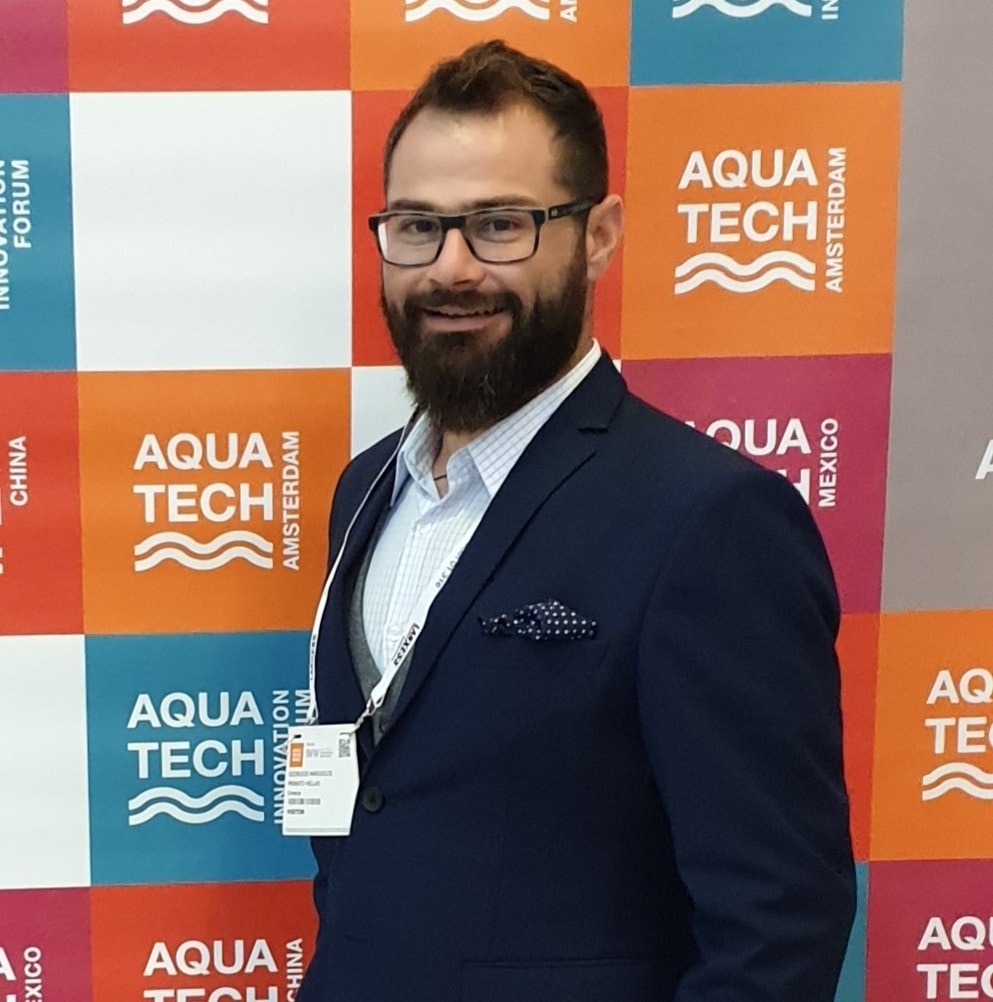
George Margiolos
George Margiolos was born in Thessaloniki and has graduated from the Department of Marketing of the Alexandreio Technological Educational Institute of Thessaloniki. He is fluent in English and (not so fluent) in German.
Ηe has been Project Manager at Avery Dennison - Fastener Division in the UK. There, his main project was to redesign the company's products into new applications so as to become more environmentally friendly. In combination with the fact that in the UK people are more familiar with water filters, he has developed a love for environmentally friendly water filters, which reduce the use of plastic bottles and improving people's quality of life.
Since 2008, he has published over 300 unique educational and informative articles on water filters and new water treatment technologies.
Occasionally, universities and doctoral students request to use George Margiolos' articles in their research because of their quality and uniqueness.

